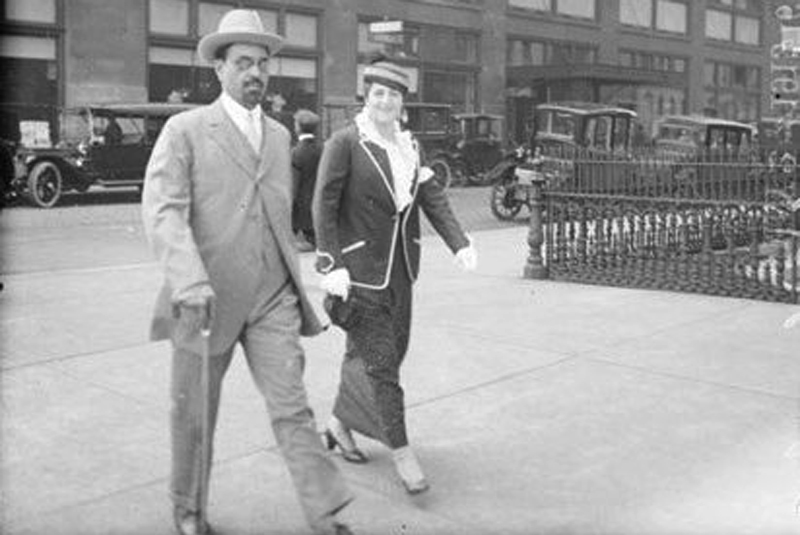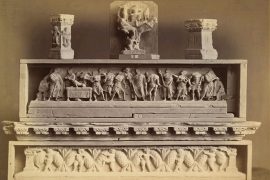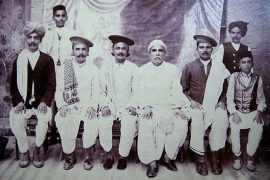In Kapurthala town in the Doaba region of Punjab stands the Jagatjit Palace. A far cry from the Mughal style palaces that are strewn all over northern India, this palace takes inspiration from the palace of Versailles in distant France.
Kapurthala, a Versailles amidst the wheat fields, was the playground of one of princely India’s more colourful characters – the Francophile Jagatjit Singh. His lascivious life and the circumstances of his marriage to a Spanish woman make for exciting reading. It’s illustrative of the ways of many of pre-independent India’s monarchs who governed little but delighted in rambunctious pursuits that made for interesting tabloid tidbits, more delightful than any fictional story.
Jagatjit Singh was born in 1872. A scion of the Ahluwalia dynasty that traced its origins to the fabled Sikh warrior and founder of the Sikh kingdom, Jassa Singh Ahluwalia (1712-1783), he, later in life, came to be known as Major-General His Highness Farzand-i-Dilband Rasikh-al-Iqtidad-i-Daulat-i-Inglishia, Raja-i-Rajagan, Maharaja Sir Jagatjit Singh Sahib Bahadur, Maharaja of Kapurthala, GCSI, GCIE, GBE.
Though it started as an independent kingdom, under Maharaja Ranjit Singh’s rule (1801 – 1839), it developed close ties with the British. By the time of Jagatjit Singh’s birth, the kingdom was bound to the British by legal and administrative ties. You can watch a very interesting video from the archives below:
-30-
Copyright©Madras Courier, All Rights Reserved. You may share using our article tools. Please don't cut articles from madrascourier.com and redistribute by email, post to the web, mobile phone or social media.Please send in your feed back and comments to [email protected]











